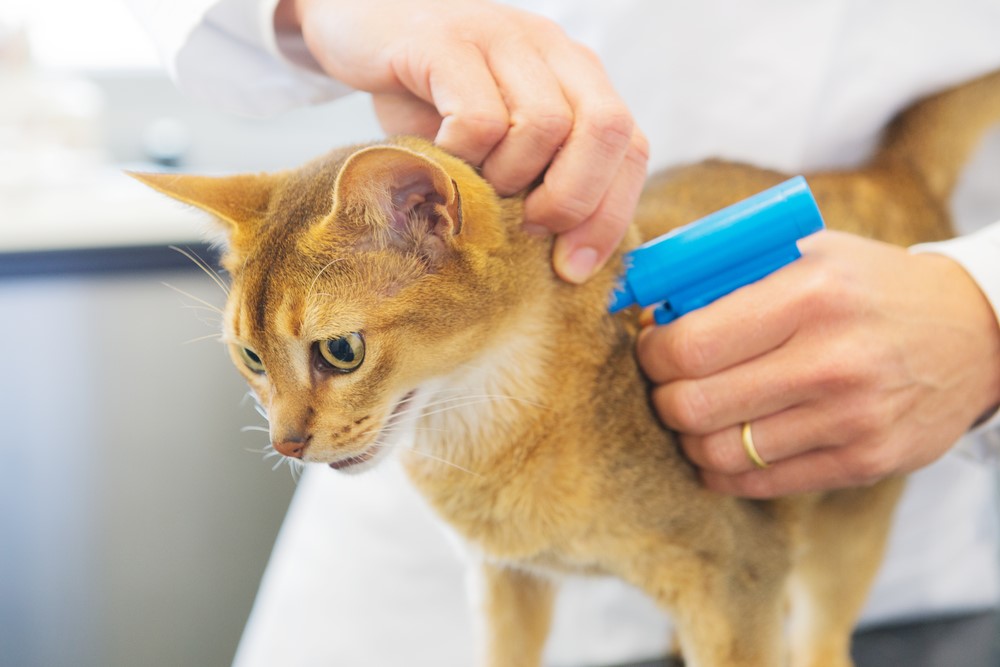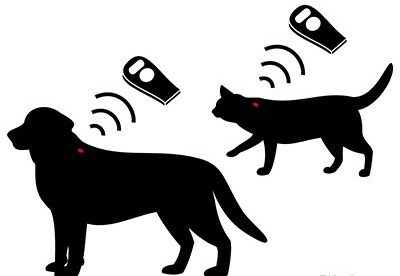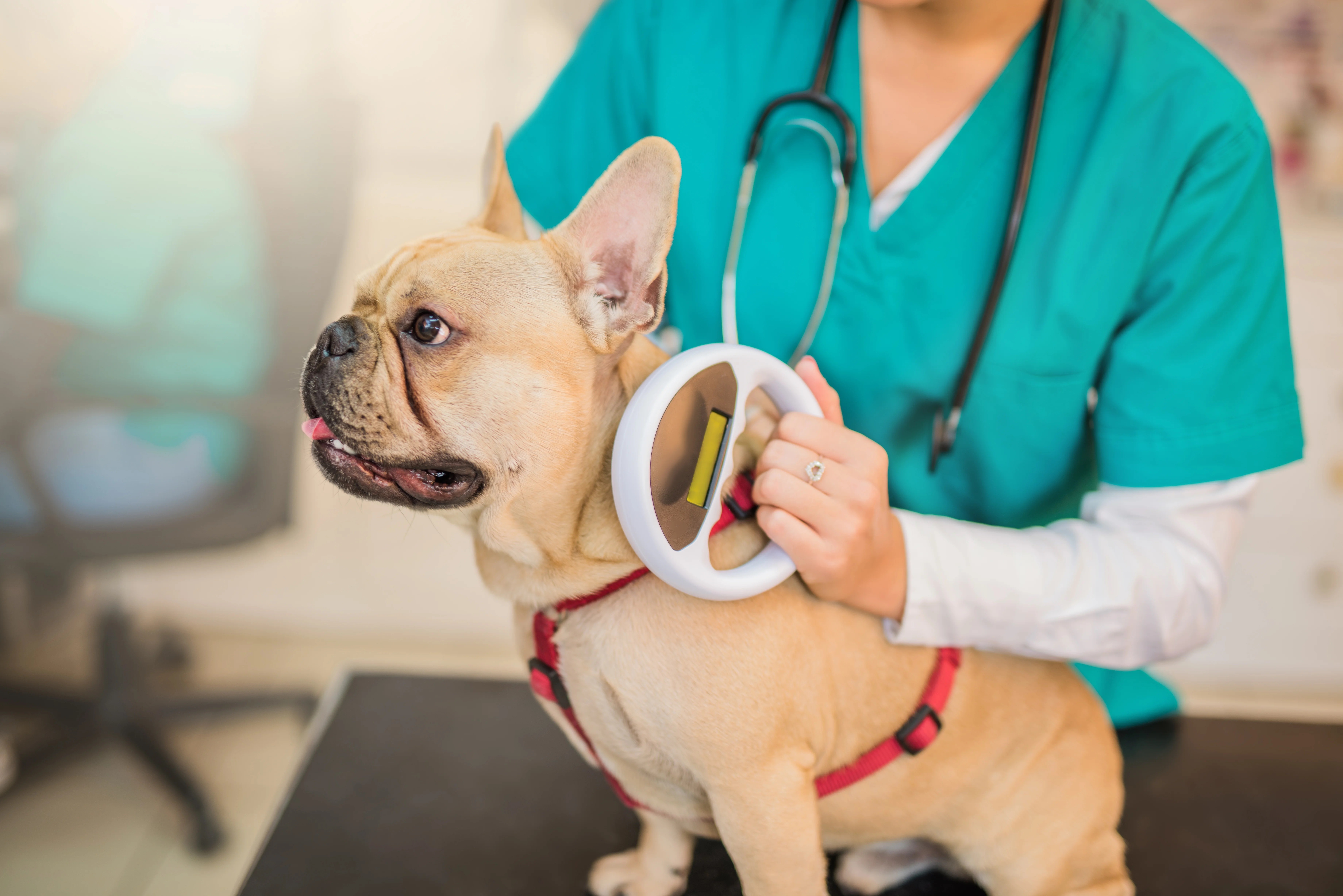Microchip

Microchipping is required prior to registration with your local council.
If your pet is not microchipped please give us a call to make an appointment to have one inserted.
Key benefits of microchipping your pet
1. Permanent identification
Unlike collars and tags, which can be lost or removed, a microchip provides permanent identification that cannot be tampered with.
2. Increases chances of reuniting with lost pets
If a lost pet is found and taken to a shelter or vet clinic, they will scan the pet for a microchip. The chip’s unique ID will allow them to contact the owner through a database.
Studies have shown that microchipped pets are much more likely to be returned to their owners.
3. International compatibility
Microchips are standardized, meaning they can be read by scanners worldwide. This is particularly useful for pet owners who travel internationally.
4. Proof of ownership
In case of disputes over ownership, the microchip can serve as proof that you are the rightful owner of the pet.
5. No need for battery
Microchips do not require batteries or power to function. They remain active for the lifetime of the pet, so there is no need for maintenance or replacement.
Microchipping process
- Procedure: Microchipping is a quick and relatively painless procedure, similar to receiving a vaccination. A vet uses a special syringe to implant the microchip just under the skin.
- Anesthesia: Most pets do not need anesthesia for microchipping, though some owners choose to have it done during other procedures, such as spaying or neutering.
- Time and cost: The procedure takes only a few seconds and is typically affordable, often costing between $25 and $50 depending on the clinic.

After microchipping
- Registration: Once the microchip is implanted, it must be registered with the owner’s contact information in a pet recovery database. This step is crucial because the microchip itself only contains an ID number, not contact details. Some registration databases require a one-time fee, while others may have annual fees.
- Updating Information: It’s important to keep your contact information up to date in the microchip registry. If you move or change your phone number, update the database to ensure you can be reached.
- Scanning: If your pet is lost and found, veterinarians or shelters use a special scanner to read the unique microchip number. They then contact the registry to find the pet owner’s information.

Microchipping for cats and dogs
Dogs
Microchipping is especially useful for dogs, as they can easily escape or get lost when traveling, hiking, or during emergencies like storms.
Cats
Even indoor cats can benefit from microchipping, since they can sometimes slip out unnoticed. Many cats do not wear collars, making a microchip even more vital for identification.
Limitations of microchipping
A common misconception is that microchips track the pet’s location. In reality, the chip only serves as an identification device when scanned. The microchip is only useful if someone finds your pet and scans the chip. This relies on shelters, vets, or animal control officers to check for a chip.

Additional tips
Use in conjunction with tags
While microchips are highly effective, it’s still a good idea to have your pet wear a collar with ID tags as a first line of defense.
International travel
If you’re traveling with your pet internationally, check the microchip standards in your destination country. Some countries require pets to have a specific type of microchip for entry.
Microchipping provides an added layer of security and peace of mind, ensuring that your pet has a permanent form of identification no matter where they may end up.
